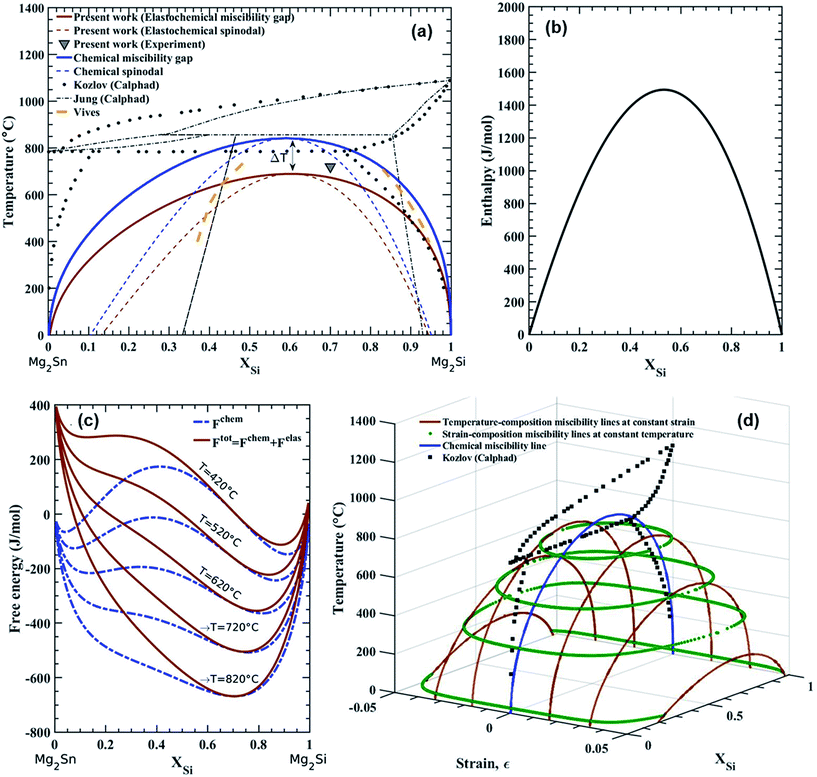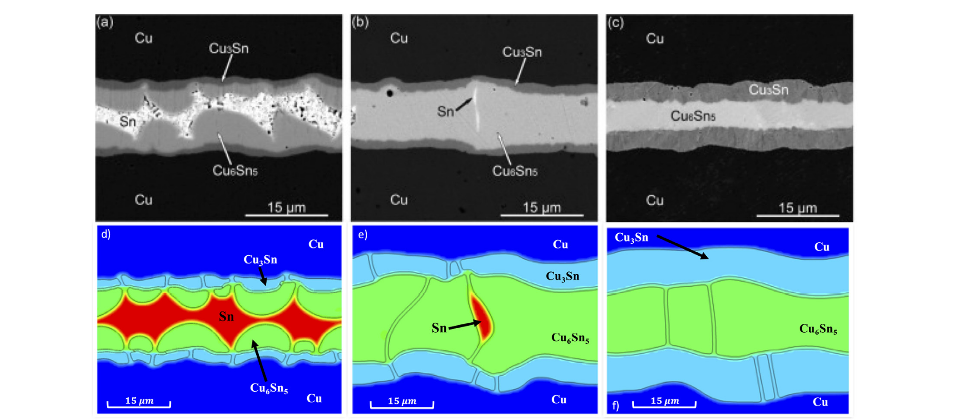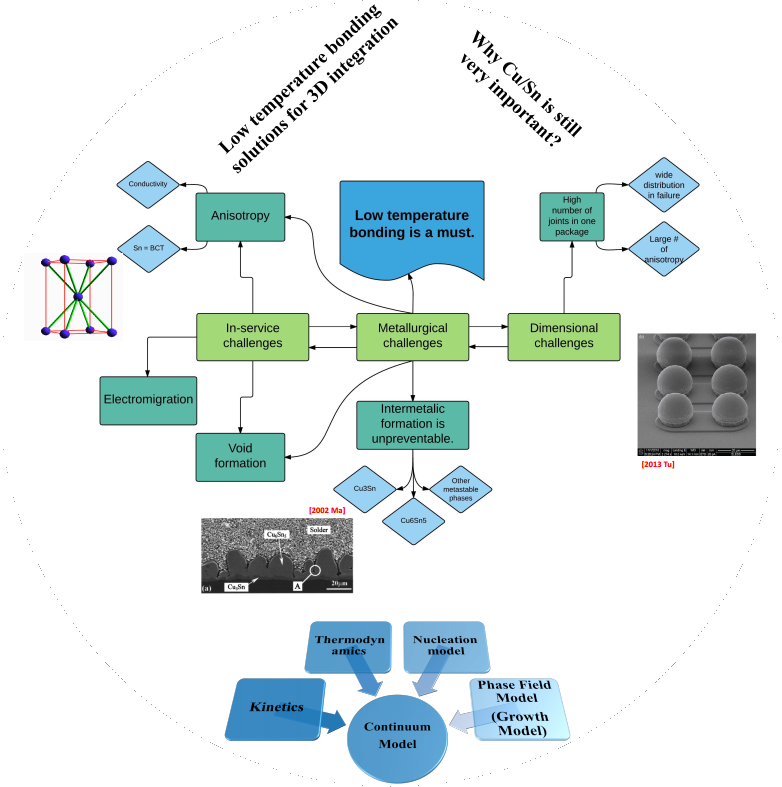Daniel J Sauceda
Undergraduate Research Assistant
Arroyave Research Group, Texas A&M U.
Office: Doherty Bldg., A301
Phone:
E-Mail: danielsauceda@tamu.edu
My research largely consists of creating, modifying, and implementing technologies that assist and streamline the computational research process for material scientists.
Link to the Research:
Computational Preferences:
Computer Stack
OS: Ubuntu server 16.04
Desktop GUI: xfce4 with I3
RAM: 32 Gb
Hard Disk: 4Tb
Text editor: Emacs
Terminal: xfce4-terminal
Programming Stack
wrapper: Bash
language: Python
Database: PostgreSQL
Claudio Geraldo Schön
Sofia Sheikh
Woongrak Son
Graduate Research Assistant
Arroyave Research Group, Texas A&M U.
Office: Doherty Bldg., A301
Phone:
E-Mail:
I’m from Korea which has beautiful mountains and oceans. I moved in college station, Texas on august 2014. I’m currently a PhD student in Materials Science and Engineering at Texas A&M University. I have joined Dr. Arroyave’s group in Fall 2014. My research area is investigating thermodynamic properties of alloys using first principle and ab initio calculations.
Anjana Talapatra

Anjana Talapatra
I am from India and have spent most of my life in Pune, a lovely city in Western Maharashtra, India. I spent some time working in Mumbai after my undergraduate education, which were two of the most fun-filled and enriching years of my life. After that, I came to TAMU to work my way towards a doctoral degree.
I am currently investigating structural transformations in Shape Memory Alloys. We use DFT and various optimization algorithms to determine the energy barriers and associated minimum energy pathways for structural phase transformations in these alloys. Additionally, I also work on developing thermodynamic models using the CALPHAD method.
Nathan Wilson
Graduate Research Assistant
Arroyave Research Group, Texas A&M U.
Office: Doherty Bldg., A301
Phone:
E-Mail: wilsonnater@tamu.edu
Nathan Wilson graduated from the University of Minnesota Material Science program. He currently works on using first principle methods to design and discover new materials, including combing first principle results with machine learning to improve predictions. Current work is focused on materials for energy, such as thermoelectrics.
Vahid Attari
Postdoctoral researcher
Arroyave Research Group, Texas A&M U.
Office: EIC bldg., room 113D
Phone:
E-Mail: attari.v@tamu.edu
Dr. Attari is a postdoctoral researcher in the Department of Materials Science and Engineering at Texas A&M University. He has a broad research background in computational materials that spans several disciplines in both academia and industry, focused on the future of electronic and energy materials. He holds a PhD degree in Materials Science and Engineering from Texas A&M, where he developed phase-field models of phase transitions in a number of key electronic (Cu/Sn/Cu interconnects), energy (Mg2SnSi thermoelectrics), and coating (Ti-based nitrides) materials. He has also created a large and diverse synthetic microstructure database utilizing the phase-field approach. This database along with several other microstructure datasets are currently curated at the Open Phase-field Microstructure Database (OPMD) and can be accessed via microstructures.net. He has bachelor’s and master’s degrees in Mechanical Engineering from Iran and Turkey, respectively. He is currently a member of the Chemistry and Physics of Materials Committee in The Minerals, Metals & Materials Society (TMS). He is also the current member of the board of directors of Electronic Device Failure Analysis Society (EDFAS).
Research Interests:
- Constitutive modeling of response of materials
- Phase field modeling and moving boundary problems
- 3D integration and advanced packaging
- Thermal transport and thermoelectric generators
- Beyond lithium ion batteries
- Acoustic metamaterials
Link to the Current Research:
Selected Publications:
Strain-induced Suppression of the Miscibility Gap in Nanostructured Mg2Si-Mg2Sn Solid Solutions
Su-in Yi , Vahid Attari , Myunghwan Jeong , Jie Jian , sichuang xue , Haiyan Wang , Raymundo Arroyave and Choongho Yu

(a) Calculated elastochemical miscibility gap versus the chemical gap showing the shift of the miscibility gap and spinodal lines due to the strain energy impact. Experimental data are taken from the literature. The parameters used in calculation of the elastochemical miscibility gap are summarized in Table 2. (b) Enthalpy of formation. (c) Total elastochemical energy curves versus chemical energies at 420 °C, 520 °C, 620 °C, 720 °C, and 820 °C. (d) The three-dimensional strain–composition–temperature phase diagram for the Mg2Si–Mg2Sn pseudo-binary system. The red and green lines are elastochemical miscibility lines whereas the blue lines are chemical miscibility lines. For comparison, the miscibility gap from Kozlov et al. is plotted.
Article title: On the Interfacial Phase Growth and Vacancy Evolution during Accelerated Electromigration in Cu/Sn/Cu Microjoints.
Vahid Attari, Supriyo Ghosh, Thien Duong, Raymundo Arroyave March 2018

On the interfacial phase growth and vacancy evolution during accelerated electromigration in Cu/Sn/Cu microjoints
Article title: Phase Field Modeling of Joint Formation During Isothermal Solidification in 3DIC Micro Packaging
Attari, V. & Arroyave, R. J. Phase Equilib. Diffus. (2016) 37: 469. doi:10.1007/s11669-016-0475-x

Link to cool stuff:
Kubra Karayagiz
Graduate Research Assistant
Arroyave Research Group, Texas A&M U.
Office: Doherty Bldg., A301
Phone:
E-Mail:
Kubra works on developing a multi-scale modeling framework which couples a finite element (FE) model to a phase-field (PF) model to simulate the microstructure evolution during Selective Laser Melting (SLM). The interested materials include Inconel 718, Ti-6Al-4V, NiNb and NiTi Shape Memory Alloys (SMAs). Her research interests lie in the field of additive manufacturing, rapid solidification, thermal and microstructural modeling.
Link to the Research:
Luke Johnson
Graduate Research Assistant
Arroyave Research Group, Texas A&M U.
Office: Doherty Bldg., A301
Phone:
I was born and raised in beautiful Wyoming where I also earned a BS in Mechanical Engineering at the University of Wyoming. During my time growing up there I learned to love the outdoors and enjoy doing pretty much anything you can do on or near mountains. I am attending graduate school because I have a passion for learning about this crazy world we live in and I want to make the world a better place.
